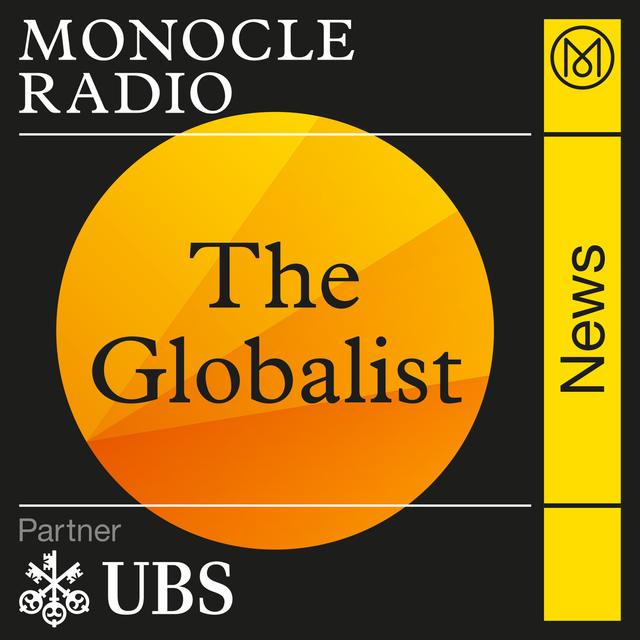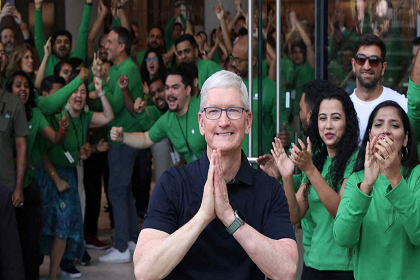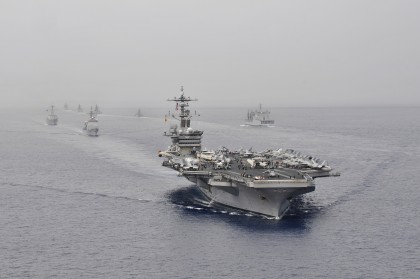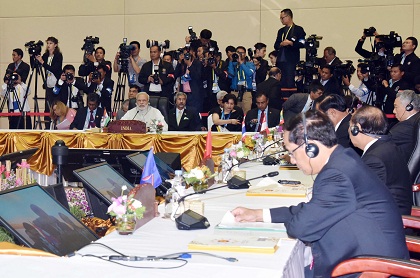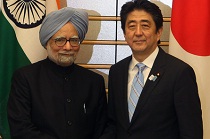South Asia’s shifting supply chains
China's economic slowdown and pandemic-related and post-pandemic disruptions to supply chains have dampened China’s attractiveness as a global supply chains hub. Ganeshan Wignaraja, Professorial Fellow in Economics and Trade at Gateway House speaks with Georgina Godwin on The Globalist by Monocle, about the prospects for India to emerge as an alternative manufacturing hub in Asia, and takeaways for the broader South Asian region.

